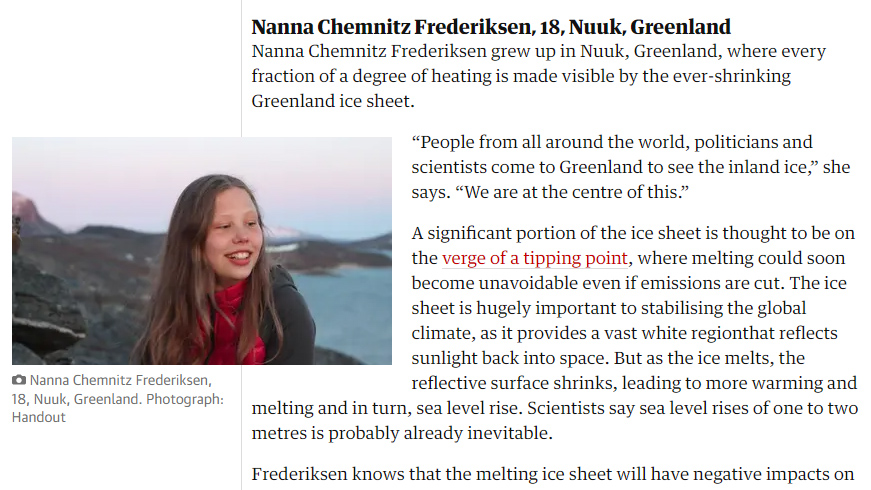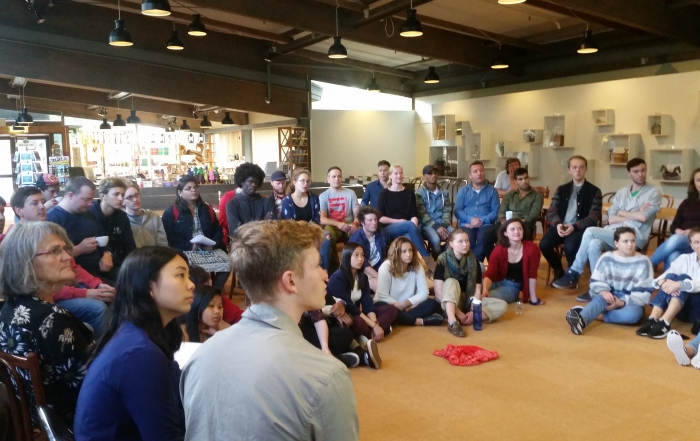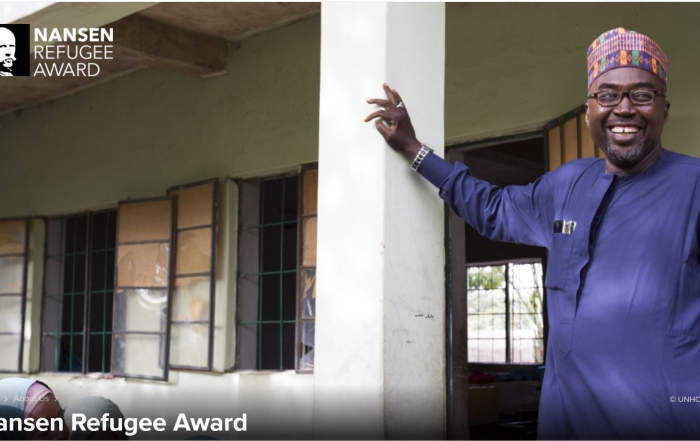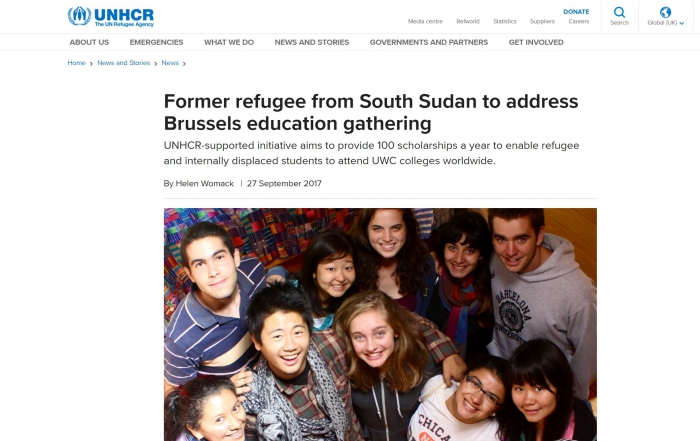“People from all around the world, politicians and scientists come to Greenland to see the inland ice,” she says. “We are at the centre of this.”
A significant portion of the ice sheet is thought to be on the verge of a tipping point, where melting could soon become unavoidable even if emissions are cut. The ice sheet is hugely important to stabilizing the global climate, as it provides a vast white region that reflects sunlight back into space. But as the ice melts, the reflective surface shrinks, leading to more warming and melting and in turn, sea level rise. Scientists say sea level rises of one to two metres is probably already inevitable.
Frederiksen knows that the melting ice sheet will have negative impacts on communities across Greenland, especially in northern settlements such as Qaanaaq where permafrost melting is destabilizing homes and roads and impacting how fishers and hunters operate.
But her real concern lies on the impact it will have globally. “I am not so scared of what the effects of the melting of ice in Greenland will be,” Frederiksen says, “It scares me what effect it can have for the rest of the world.”
Latest News
Climate Voices in Sogn Folkmuseum
Forsikningsdagane (Research Days) is an event organised nationwide in Norway. This year Vestlandforsikning, the research institute of West Norway, organised an international climate change workshop for youth called ‘Climate Voices in Sogn Folkmuseum’ on Friday [...]
Nansen Refugee Award Winner
The 2017 UNHCR Nansen Refugee Award winner has been announced as Mr. Zannah Mustapha, a lawyer, school-founder and peace-maker from north east Nigeria. He is being honoured for his dedication and commitment to ensuring children [...]
UWC Refugee Intiative – UNHCR
In light of the dramatic escalation in the number of young displaced people fleeing conflict, persecution or environmental disaster, combined with the need for future post-conflict leadership, there is an urgent need to further increase [...]




